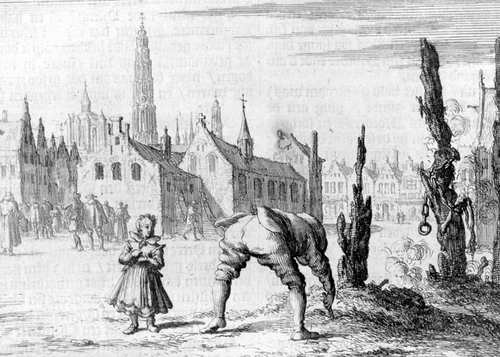living tribute
I learned of Martin Luther King, the hero of the Civil Rights Movement, in school.
I learned of Martin Luther King, the peacemaker, at church.
In both cases I learned about King as an icon. He was like an angel-man, superhuman. King became a real person when I moved to Atlanta.
It was a fall from a pedestal of sorts, when I learned about all of the trials, the fractures, the tribulations, the anguish, and the arguments that went on behind the scenes of the marches and the committee meetings. To listen to lectures by the veterans of the movement, (Former Ambassador Andrew Young, Rev. Joseph Lowery, R. D. Abernathy, Rev. James Orange) all still involved, but some bitter, some who have appropriated the movement…whew! I learned about the hundreds of sidelined and under-recognized women who laid the groundwork for so many of the church meetings, boycotts, and potlucks (Septima Clark, Montgomery Women’s Council, Ella Baker, Ruby Doris Smith Robinson). Most of all, when I saw the struggle of his immediate family to know how to live out the legacy of the father they lost when they were young children, it all became so tangible. (more…)
January 15, 2007 Biographical, Change, Church, Current Events, History, International Relations, LGBTQ, Nonviolence, Politics, Power, Race, Tradition, Young Folks Read more >
